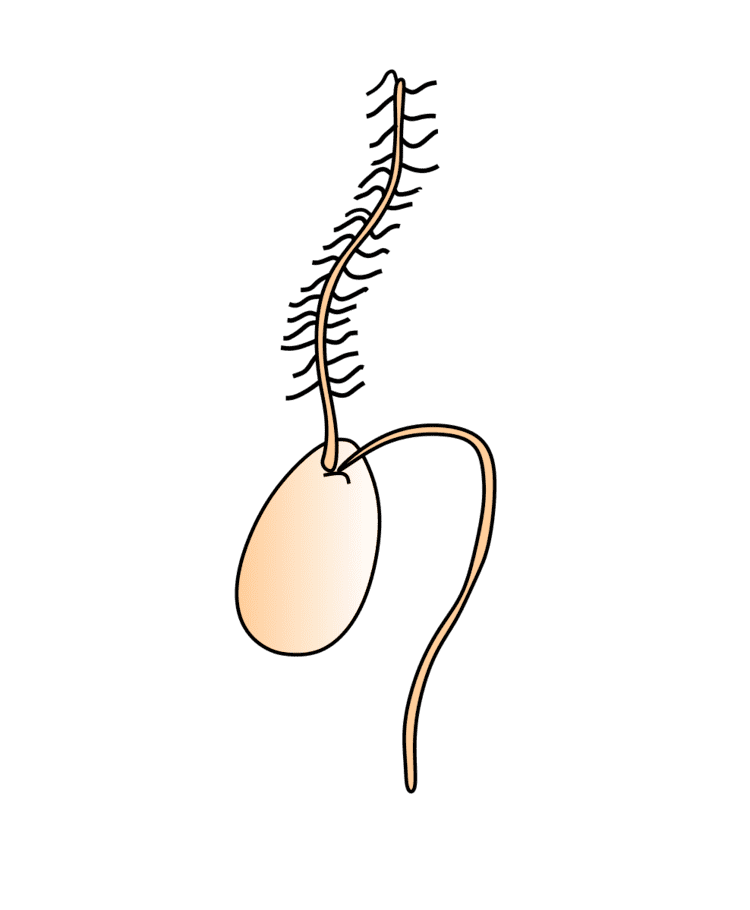 | ||
A zoospore is a motile asexual spore that uses a flagellum for locomotion. Also called a swarm spore, these spores are created by some protists, bacteria and fungi to propagate themselves.
Contents
Flagella types
Zoospores may possess one or more distinct types of flagella: tinsel or "decorated", and whiplash, in various combinations.
Both tinsel and whiplash flagella beat in a sinusoidal wave pattern, but when both are present, the tinsel will beat in the opposite direction of the whiplash, to give 2 axes of control of motility.
Morphological types
In eukaryotes there are four main types of zoospore, illustrated in Fig. 1 at right:
- Opisthokont. Posterior whiplash flagella, a characteristic of Chytridiomycota, and a proposed a uniting trait of the Opisthokonts, a large clade of eukaryotes containing animals and fungi. In most of these, there is a single posterior flagellum (Fig. 1a), but in Neocallimastigales, there are up to 16 (Fig. 1b)
- Anisokont. Biflagellate zoospores with two whip type flagella of unequal length (Fig. 1c). These are found in some Myxomycota and Plasmodiophoromycota.
- Zoospores with a single anterior flagellum (Fig. 1d) of the tinsel type, characteristic of Hyphochytriomycetes.
- Heterokont. Biflagellate zoospores (Fig. 1e, f) with both whiplash and tinsel type flagella attached anteriorly or laterally. These Zoospores are characteristic of Oomycota and other Heterokonts.
Zoosporangium
A zoosporangium is the asexual structure (sporangium) in which the zoospores develop in plants, fungi, or protists (such as the Oomycota)
References
Zoospore Wikipedia(Text) CC BY-SA
